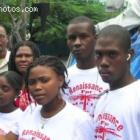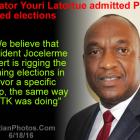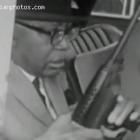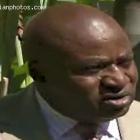ADVERTISEMENT
Fabre Geffrard
Fabre Nicolas Geffrard Emigration Policy
During the government of Fabre Nicolas Geffrard, he encouraged the immigration of African-American, specially Catholic farmers from Louisiana who had familiarity with Vodou.
Between 1859 and 1860, an estimated 500 black Louisianans immigrated to Haiti. Geffrard appointed James Redpath to attract immigrants to the island
The ruins of the residence of President Fabre Nicolas Geffrard - Anse -a -Veau .
Here is a picture of the ruins of the residence of Former Haitian President President Nicolas Fabre Geffrard at Anse -a -Veau.
During his time in office Geffrard had some modest accomplishments in the spheres of administration, justice, the economy, education, finance, agriculture, and the military. He supported trade agreements and increased exports with the opening of ports in Aquinas, Miragoane, and Saint Marc. He also updated the political infrastructure of the government. An adept negotiator he was instrumental in helping the Dominican Republic retain its sovereignty.
In 1858 he was asked by the military to lead an insurrection against Faustin I and was successful, establishing his claim to the presidency in Gonaives. Geffrard stayed in office for eight years, before he was ousted by Sylvain Salnave, whom the country now favored. Although he had decreed himself president for life, his successor, Salnave, was elected to replace him. Geffrard resigned without protest and retired to Kingston, Jamaica where he died in 1878.
Fabre-Nicolas Geffrard
Here is a picture of President Fabre-Nicolas Geffrard. He was a mulatto general in the Haitian army and President of Haiti from 1859 until his deposition in 1867
Fabre Geffrard, born September 19, 1806, ruled as president of the Republic of Haiti from 1859ÔÇ'1867. His first act in office was to resurrect the Constitution of 1846 thereby making him president for life. Prior to assuming the presidency he served as Commander-in-Chief of the Army during Emperor Faustin I Soulouque's reign.
Using his powerful position as a stepping stone, he forced the abdication of Soulouque when Geffrard moved to establish the Republic of Haiti in Gonaïves. The country rallied behind him and Faustin I surrendered the presidency to Geffrard when he realized he had lost the support of the populace.
Champ-de-Mars Port-au-Prince during the government of Fabre-Nicolas Geffrard
Here is a picture of Champ-de-Mars in Port-au-Prince during the government of Fabre-Nicolas Geffrard.
After being made president, Geffrard's first duty was to cut the nation's army in half, leaving it 15,000 strong. Following this, he formed his personally-trained presidential guard, calling them Les Tirailleurs de la Garde. Later he would bring back the Boyer-founded Medical School and start his own, the National Law School. There was undoubtedly a great thrust in education under his rule, with many lycea being hauled into the then present and also built from the ground up under his regime.
Following the outbreak of guerilla war between Spain and Santa Domingo, which put Haiti in an awkward position, President Geffrard lost some of the people's esteem when he surrendered to the demands of the Spanish. There were many attempts at a coup against him, but it wasn't until 1865, when an ill-fought war with Major Sylvain Salnave and his Northern troops left the president and his administration in financial and political ruin, that he fled, with his family under disguise, to Jamaica, where he would remain until his death in 1878.
Place Geffrard in Haiti in 1865
Here is a picture of Place Geffrard in Haiti in 1865 created in honor of President Fabre-Nicolas Geffrard
Guillaume Fabre Nocolas Geffrard, Haiti's president from 1859 to 1867, was born a mulatto in September 1906. A military man by profession, Geffrard rose to power after taking part in a coup against Faustin Soulouque, former emperor of Haiti turned president. Geffrard's aim was to put power back into the hands of the elite of color, and he quickly took to pleasing the peasant population by ending a long dispute with the Roman Catholic Church, a move which aided education in the country greatly, and renewing the sale of lands owned by the state.

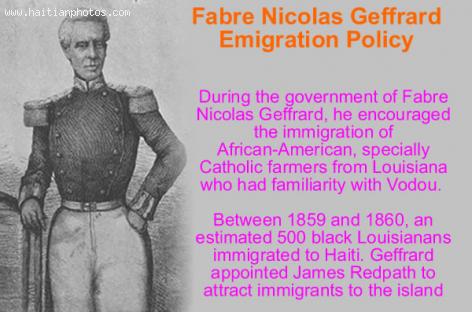
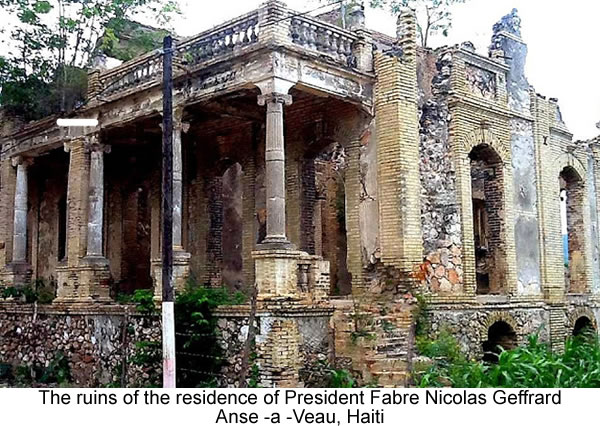
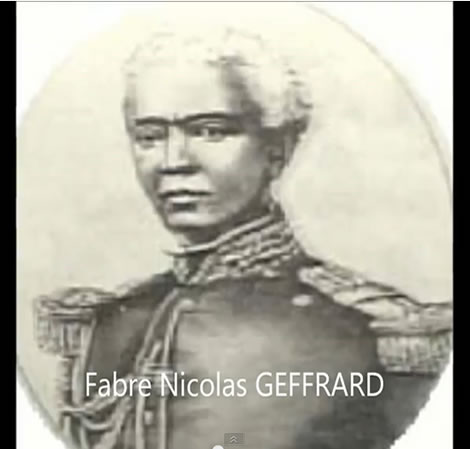
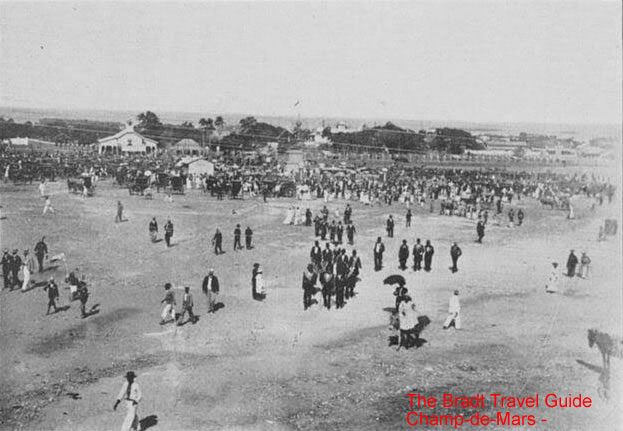
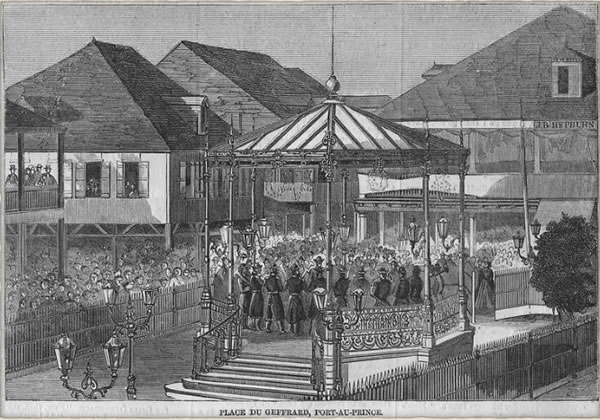
 Fran├žois Nicolas Duvalier Potential Candidate for President of...
Fran├žois Nicolas Duvalier Potential Candidate for President of...  Who will be the next president of Haiti?
Who will be the next president of Haiti? 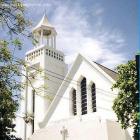 Nouveau College Bird in Port-au-Prince, Haiti
Nouveau College Bird in Port-au-Prince, Haiti 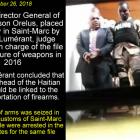 Former PNH Chief, Godson Orelus, arrested for illegal arm...
Former PNH Chief, Godson Orelus, arrested for illegal arm...  Dr. Henri Ford, First Haitian Dean At University of Miami Med...
Dr. Henri Ford, First Haitian Dean At University of Miami Med...  Jovenel Mo├»se nominated Jean Henry C├ęant as prime minister of...
Jovenel Mo├»se nominated Jean Henry C├ęant as prime minister of...  Haitiano-Japanese Naomi Osaka wins the US Open against Serena...
Haitiano-Japanese Naomi Osaka wins the US Open against Serena...  Delimart Plaza, Delmas 32, Port-au-Prince, Haiti being looted
Delimart Plaza, Delmas 32, Port-au-Prince, Haiti being looted 